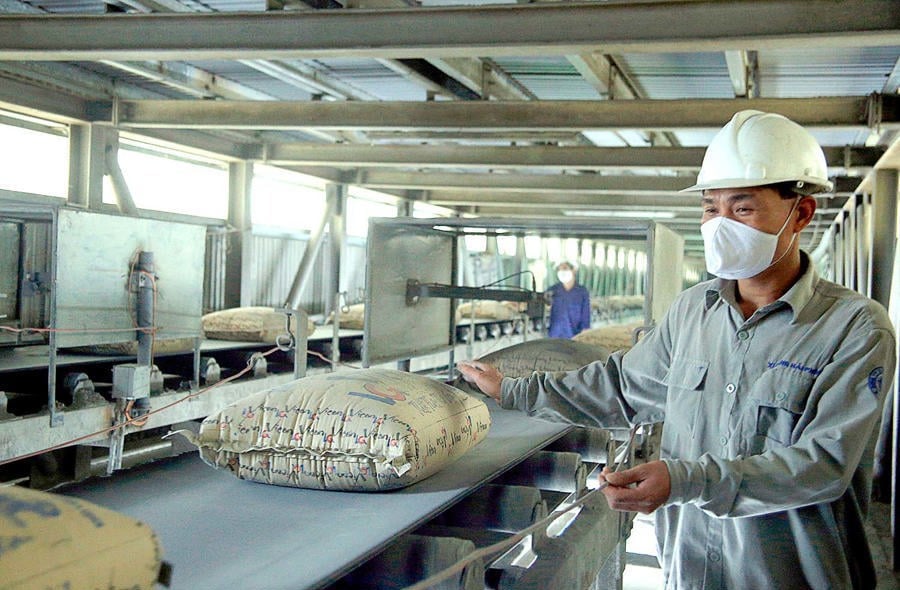
Investment, innovation
The construction materials industry, including cement, with its characteristic of being an industrial production sector with many impacts on the environment, has promoted research, innovation and creativity activities to promote the development of a circular economy, closely following the goals and strategies of the country and the industry.
Deputy General Director of Vietnam Cement Corporation (Vicem) Dinh Quang Dung shared that, as a State-owned enterprise, over the past years Vicem has researched and applied the circular economy model and the achievements of the 4.0 industrial revolution to gradually develop a green model in production and business activities.
Regarding research activities and application of scientific topics, technical innovation initiatives to develop circular economy, economically use non-renewable resources and reduce emissions to the environment... Vicem has used waste and sludge as fuel and alternative materials in clinker production; treated hazardous waste in production; used ash and slag as additives; artificial gypsum as alternative materials...
In addition, investing in and renovating heat exchange towers, cooling equipment, burner systems; waste storage and storage systems, processing equipment; waste transportation, waste supply systems to kilns. Investing in safety systems and equipment, fire prevention and fighting, emission measurement and control, and treatment of waste generated into the environment...
In addition, Vicem has been implementing projects to utilize waste heat to utilize excess heat and optimize thermal energy in the production process to save energy, self-supply part of the electricity consumed in production, and at the same time reduce dust and CO2 emissions.
Director of INSEE Ecocycle Duong Thi Kieu (of Siam City Cement Vietnam Co., Ltd.) said that the company has successfully co-processed 1.7 million tons of waste, indirectly contributing to reducing 1.6 million tons of greenhouse gas emissions into the environment. This helps reduce dependence on traditional treatment methods such as landfills, thereby preventing negative impacts caused by the self-decomposition of waste.
INSEE's co-processing solution uses high and stable temperatures (up to about 2000 degrees Celsius), long combustion retention times with gas of about 8 seconds, solids of 30 minutes; and has a large capacity when it can process 30 tons of waste/hour. During the co-processing process of waste in the cement kiln, the emission monitoring system is continuous 24/7 and no secondary waste is generated.
Need funding support
Deputy General Director of Vietnam Cement Corporation Dinh Quang Dung also acknowledged that the treatment of waste at cement production lines is a safe and effective solution; at the same time, it contributes to solving environmental problems for society and brings efficiency to cement production enterprises.
However, there are shortcomings in mechanisms and policies because the cement industry is not a waste treatment facility and is not included in the waste treatment plan. In addition, the State does not have clear mechanisms and policies to encourage and support enterprises in waste treatment. Cement units have to buy waste and have difficulty accessing emission sources, investing in expanding scale and increasing the amount of waste to be treated. The supply of waste is unstable in quality and quantity, and it is difficult to control waste composition to determine the type of waste put into use that must meet regulations.
"The investment cost is high due to the need to renovate the kiln system to ensure stable operation, quality of clinker and cement products and invest in new equipment systems for storage, transportation, waste mixing, environmental protection, fire and explosion prevention... High logistics costs due to the need to transport waste from waste sources and collection facilities to the cement factory for treatment" - Mr. Dinh Quang Dung said.
Sharing the same view, Chairman of the Board of Directors of Song Da Cao Cuong Joint Stock Company Kieu Van Mat said that as an enterprise that processes and researches the application of ash and slag in production, research, investment in facilities, infrastructure, factories, and equipment requires large capital; processing technology needs to be regularly improved and upgraded...
Therefore, Mr. Kieu Van Mat suggested that there should be better policies on tax incentives, including value added tax, corporate income tax, consumption tax, and import of machinery and equipment. Issue full standards, technical regulations for products, instructions for use, and technical and economic norms related to the use of green construction materials.
Source: https://kinhtedothi.vn/doanh-nghiep-vat-lieu-dang-thay-doi-de-huong-toi-kinh-te-tuan-hoan.html


![[Photo] Prime Minister Pham Minh Chinh chairs meeting to review preparations for trade negotiations with the United States](https://vphoto.vietnam.vn/thumb/1200x675/vietnam/resource/IMAGE/2025/5/6/1edc3a9bab5e48db95318758f019b99b)
![[Photo] Prime Minister Pham Minh Chinh chairs the regular Government meeting in April 2025](https://vphoto.vietnam.vn/thumb/1200x675/vietnam/resource/IMAGE/2025/5/6/48eb0c5318914cc49ff858e81c924e65)


![[Photo] Prime Minister Pham Minh Chinh receives Mr. Tomas Heidar, Chief Justice of the International Tribunal for the Law of the Sea (ITLOS)](https://vphoto.vietnam.vn/thumb/1200x675/vietnam/resource/IMAGE/2025/5/6/58ba7a6773444e17bd987187397e4a1b)
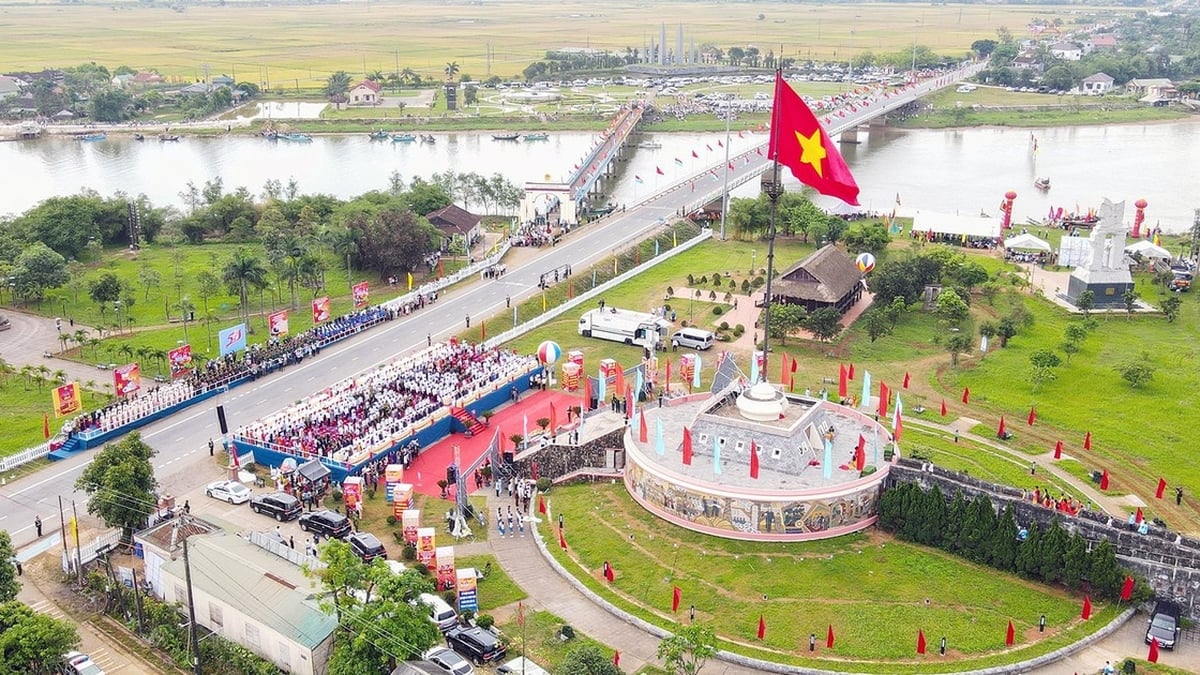
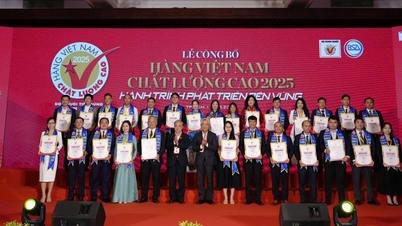

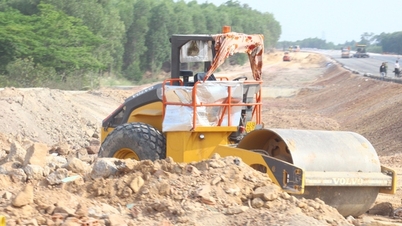

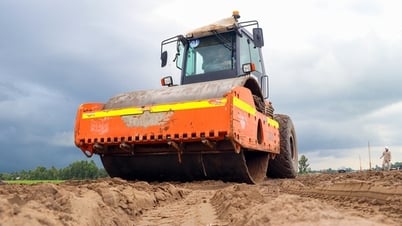
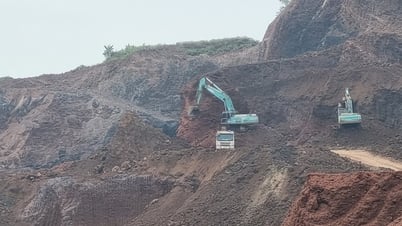





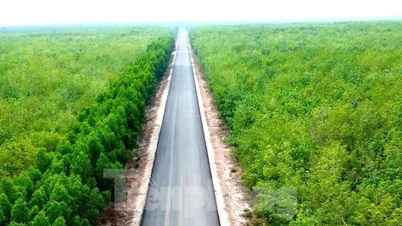

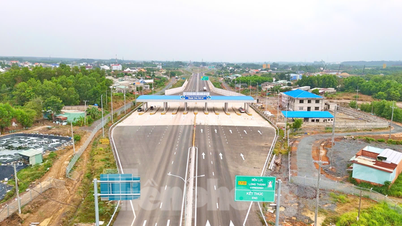
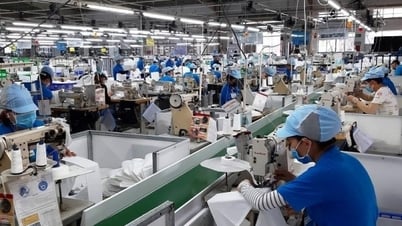





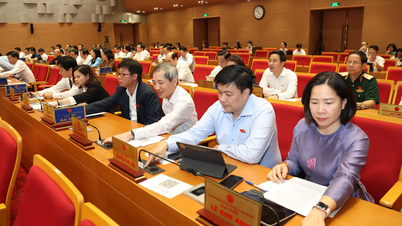

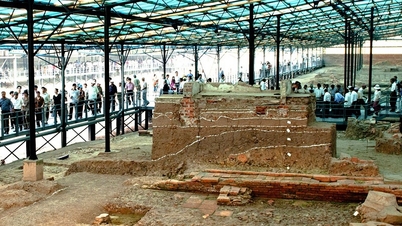
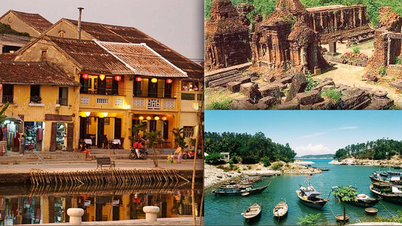
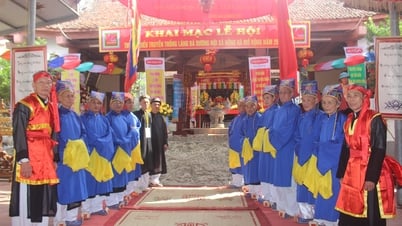


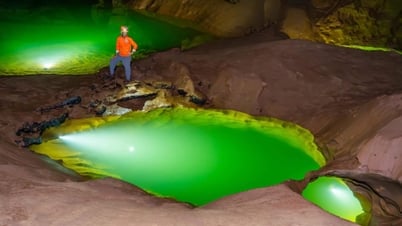

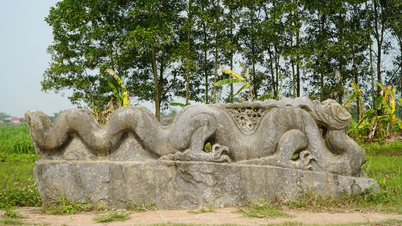

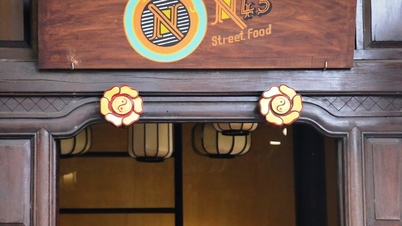

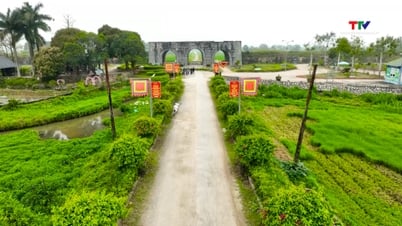

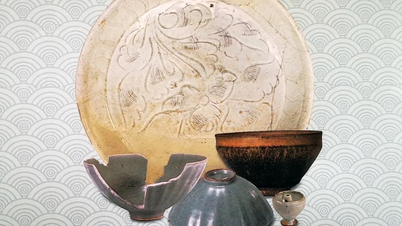

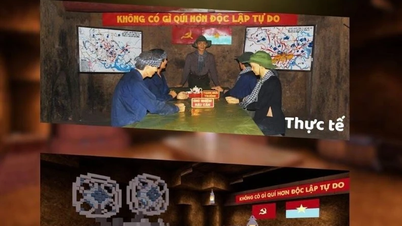



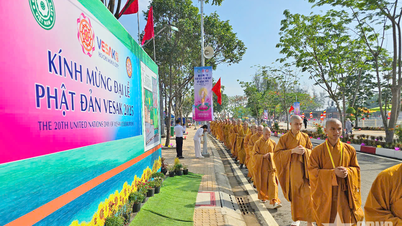

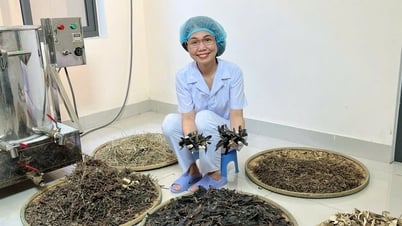







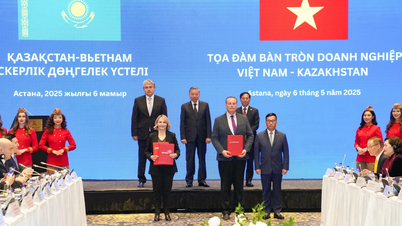






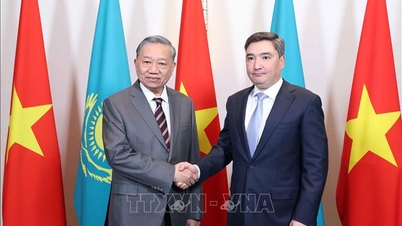




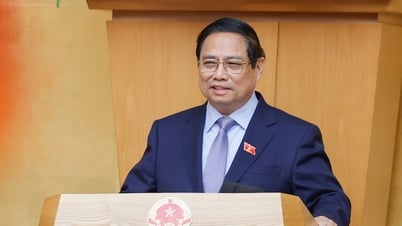

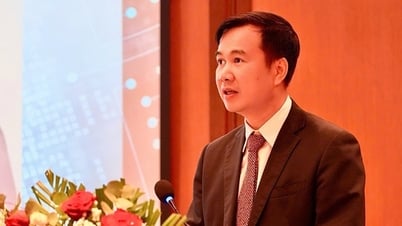

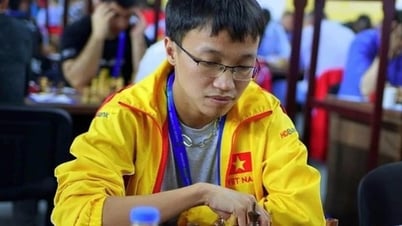



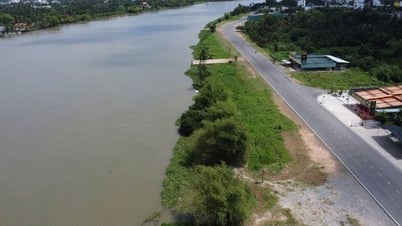











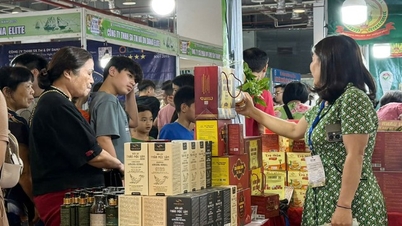

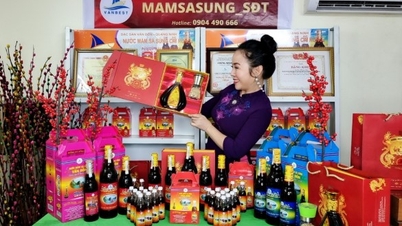

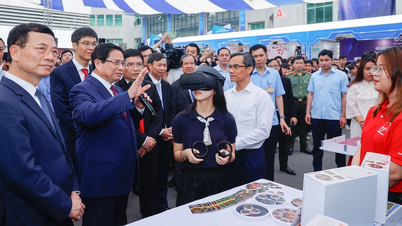



Comment (0)